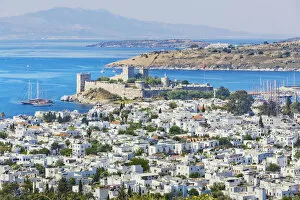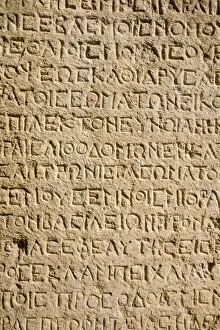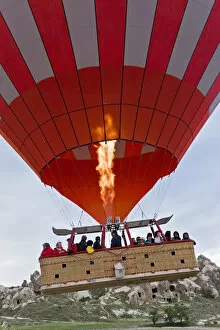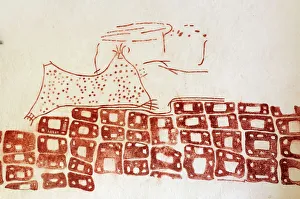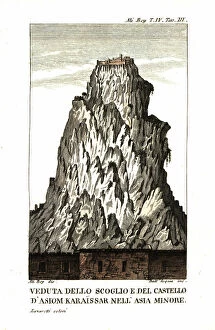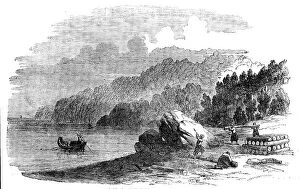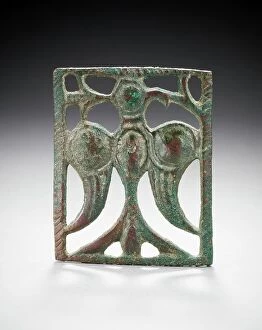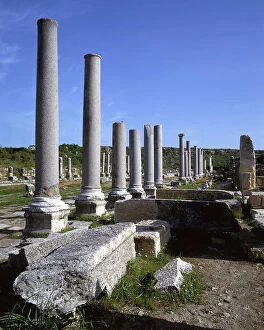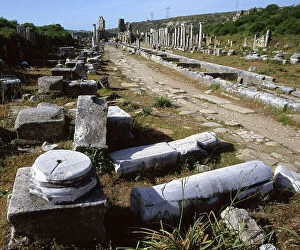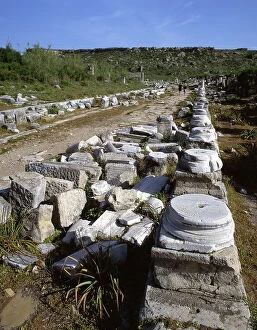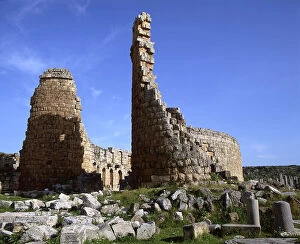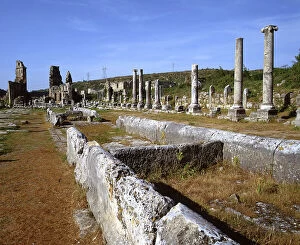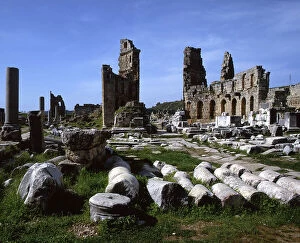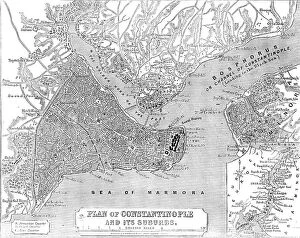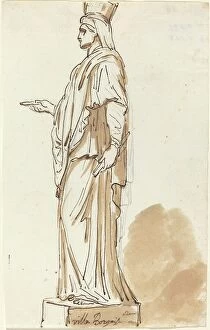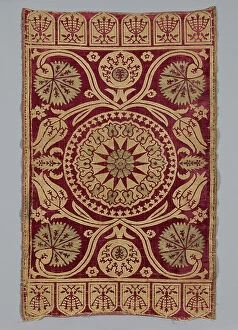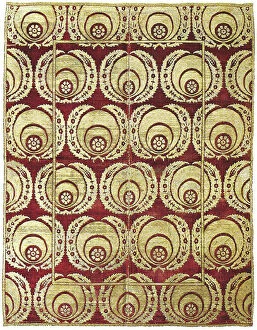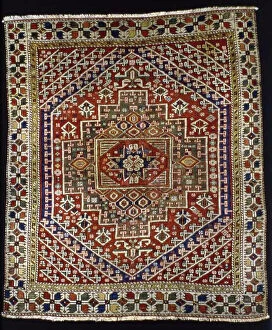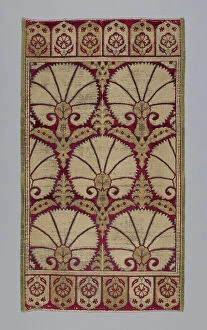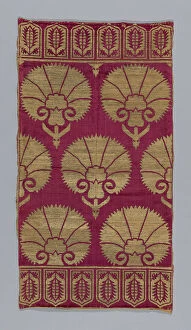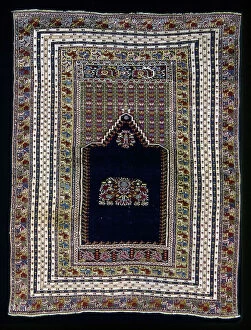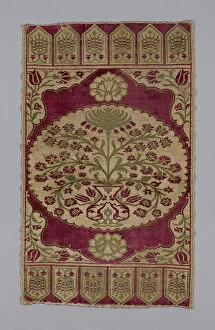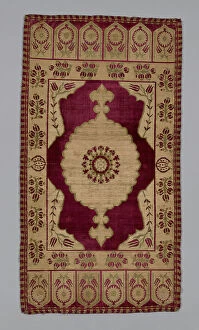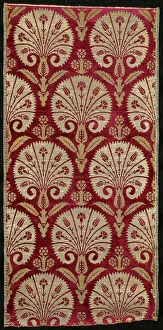Asia Minor Collection (page 3)
Asia Minor, also known as Anatolia, is a region steeped in rich history and cultural significance
All Professionally Made to Order for Quick Shipping
Asia Minor, also known as Anatolia, is a region steeped in rich history and cultural significance. Located at the crossroads of Europe and Asia, it has witnessed the rise and fall of great empires throughout the centuries. In ancient times, Asia Minor was home to various civilizations such as Ancient Greece and its colonies around the Aegean. These city-states flourished with remarkable achievements in art, philosophy, and politics. The remnants of their grandeur can still be seen today through archaeological sites scattered across the land. The Byzantine Empire dominated Asia Minor during the 9th century AD. A map from that era showcases its vast territories encompassing present-day Turkey. This empire left an indelible mark on architecture with iconic structures like Aya Sofya (Hagia Sophia) Sultanahmet in Istanbul – a magnificent testament to Byzantine craftsmanship. Religious heritage is also prominent in Asia Minor. The Armenian church of Holy Cross on Akdamar Island stands proudly amidst Lake Van's serene waters—an architectural gem reflecting Armenia's historical presence in this region. The Roman Empire once extended its dominion over Asia Minor; evidence lies within a map illustrating its expansive reach during circa 200 AD. Bodrum Harbour boasts another reminder of this period—the Castle of St. Peter—a formidable fortress guarding against potential invaders. During the mid-700s, Arab influence swept through parts as they established their own empire. Their impact can still be felt today through cultural elements infused into local traditions and practices. For those seeking natural wonders amidst this historical tapestry, Lycian rock tombs carved into cliffsides near Dalyan offer breathtaking views—a glimpse into ancient burial customs dating back thousands of years. Gulets peacefully docked at Kalkan harbor provide an idyllic scene along Southwest Turkey's Mediterranean coast—inviting visitors to explore picturesque coastal towns along Lycia's enchanting shores. Lastly, Asia Minor holds immense significance in religious history.

